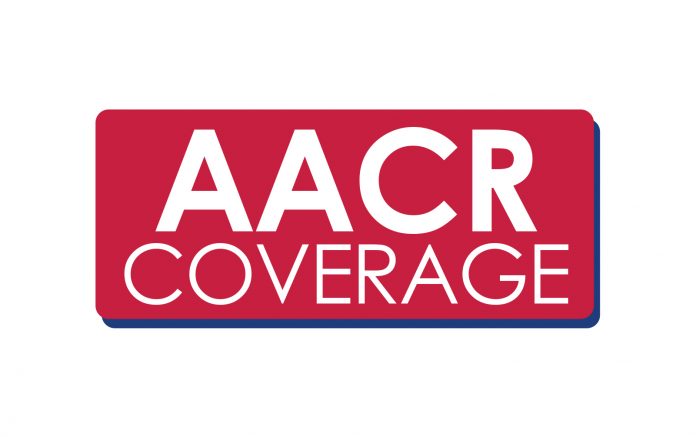By Kara Nyberg, PhD
Posted: June 24, 2020
An exploratory analysis of circulating free DNA (cfDNA) shows that lorlatinib confers potent antitumor activity in pretreated patients with ALK-positive NSCLC regardless of EML4-ALK variant type and across a variety of ALK resistance mutations. The duration of response also appears consistent across all ALK fusion subtypes.
“Our patients can [have responses] even after heavy pretreatment with ALK inhibitors and chemotherapy,” remarked lead investigator Todd Bauer, MD, of Sarah Cannon Cancer Research Institute and Tennessee Oncology. “Tumor tissue data analysis to further support these findings is ongoing,” he added.
One of the benefits of lorlatinib, a third-generation ALK/ROS1 tyrosine kinase inhibitor (TKI), is its ability to maintain activity against most known ALK resistance mutations, including G1202R. Prior research found that EML4-ALK variant type influences the response to ALK TKIs, and Dr. Bauer and colleagues sought to determine whether this holds true for lorlatinib as well. To investigate this issue, the group performed an exploratory subgroup analysis of cfDNA from 156 patients in the pivotal phase II trial who had previously been treated with at least one second-generation ALK TKI and who received lorlatinib 100 mg QD, the recommended dose.
cfDNA analysis using the Guardant 360 platform identified ALK fusions in 41% of the evaluable plasma samples, most commonly EML4-ALK variant 1 or 3 (Table). Forty patients also harbored ALK resistance mutations according to cfDNA analysis, most of whom had either EML4-ALK variant 3 or, to a lesser extent, variant 1. “The presence of an ALK resistance mutation might enrich for EML4-ALK variants 1 and 3,” Dr. Bauer commented.
Notably, among 23 patients with the ALK G1202R resistance mutation, about two-thirds also harbored the EML4-ALK variant 3 fusion, which has been associated with more aggressive disease. “But in the context of lorlatinib’s activity, it doesn’t seem to matter; in fact, this distinction may be moot,” remarked Corey Langer, MD, FACP, of the University of Pennsylvania Abramson Cancer Center, who commented on the study findings.
Indeed, responses occurred across the EML4-ALK variant subgroups and tended to show similar durability. Objective responses reached 33.3% for patients with variant 1, 75.0% with variant 2, and 45.8% with variant 3 resistance mutations. Median duration of response was 6.9 months for patients harboring variant 1 or 3 resistance mutations and had not yet been reached for patients with variant 2 resistance mutations. For the other 59% of patients in whom no ALK fusions could be detected in plasma, the objective response rate was 39.1% and the median duration of response was 7.1 months.
Some differences may be emerging for progression-free survival outcomes. However, the evaluable patient numbers are small and longer follow-up is needed. “It will be interesting to watch this over time to see how these continue to correlate based on the variant subtype,” Dr. Bauer said. ✦
Reference:
1. Bauer TM, Martini JF, Besse B, et al. Impact of the EML4-ALK fusion variant on the efficacy of lorlatinib in patients (pts) with ALK-positive advanced non-small cell lung cancer (NSCLC). AACR Virtual Meeting; April 27-28, 2020. Abstract CT025.
Related Articles:
TRACERx Data Show That Tracking MRD With ctDNA Heralds Disease Relapse












